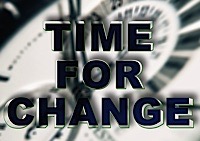
In his book “Open Innovation: The New Imperative for Creating and Profiting from Technology”, the economist Henry Chesbrough created, in 2003, the term “open innovation” to explain how corporations can seek outside ideas to assist in their development as well as sharing the innovations themselves. These days, Chesbrough is the Executive Director of the Open Innovation Center at the Haas School of Business, at the University of Berkeley (USA) and travels all over the world to propagate his concepts. “The trend has taken off in the last few years”, he told Petrobras Magazine.
_Open innovation is a relatively new concept. But even before it appeared, various companies were already applying it, right?
Yes, open innovation already existed before I published my book. But many of the companies named in the publication admitted that my work had helped them to understand and articulate what they were doing, both for training purposes and for external communication. The trend has really taken off over these last eight years.





















